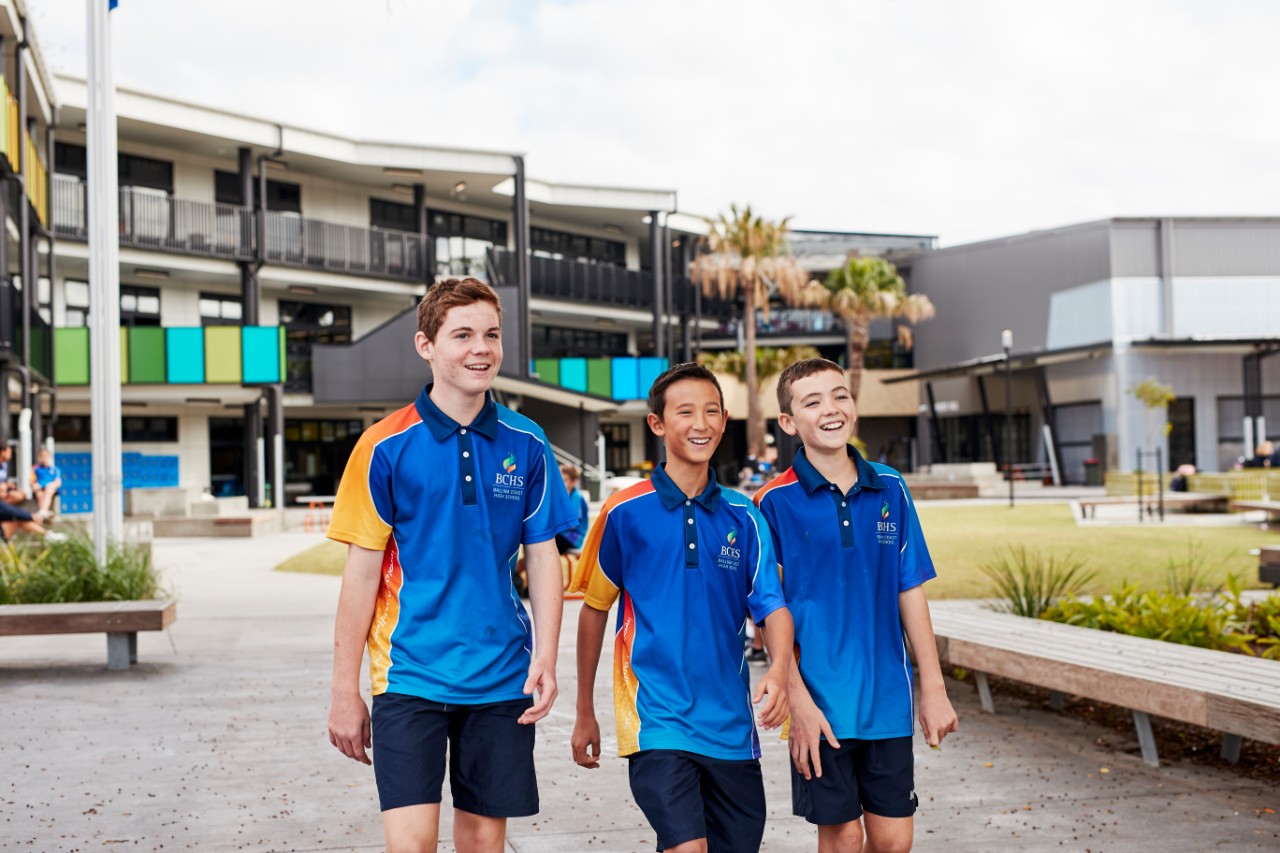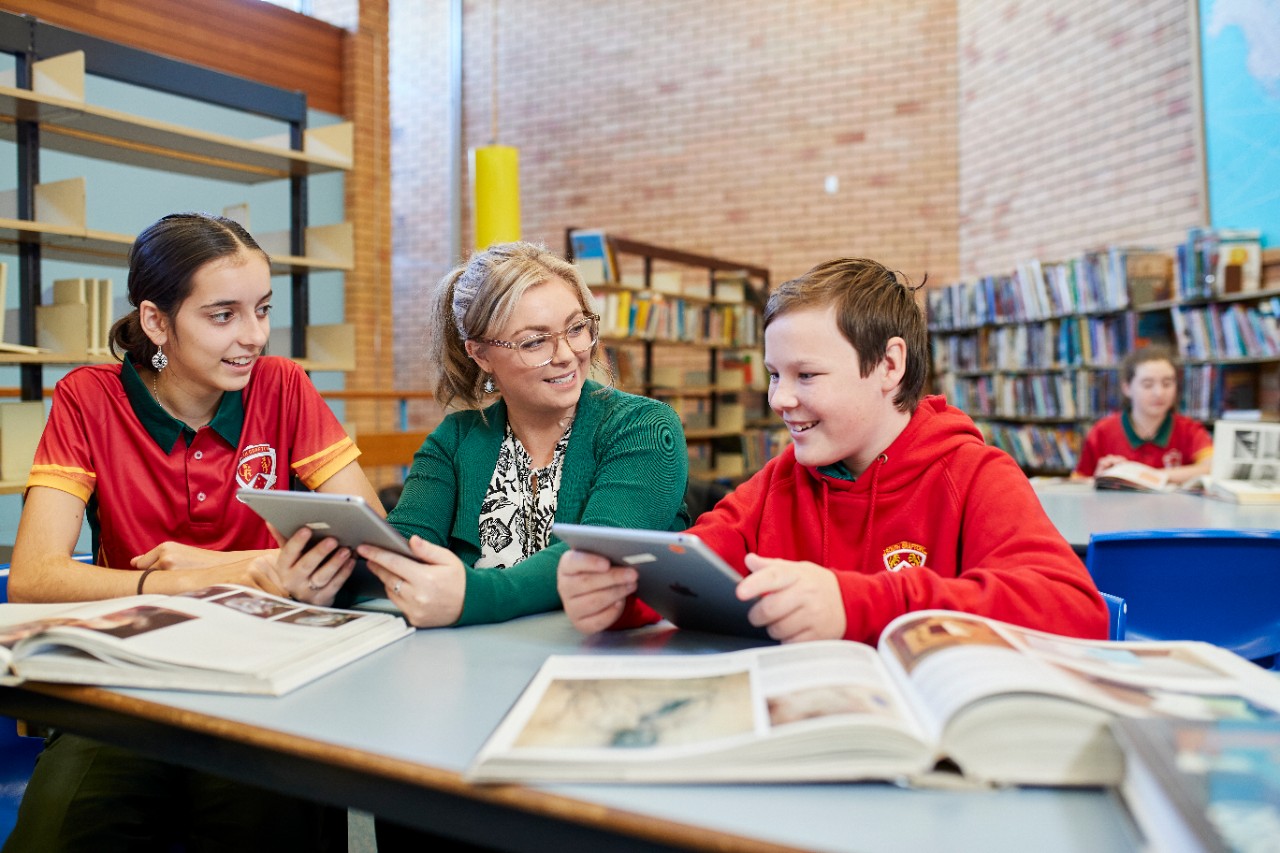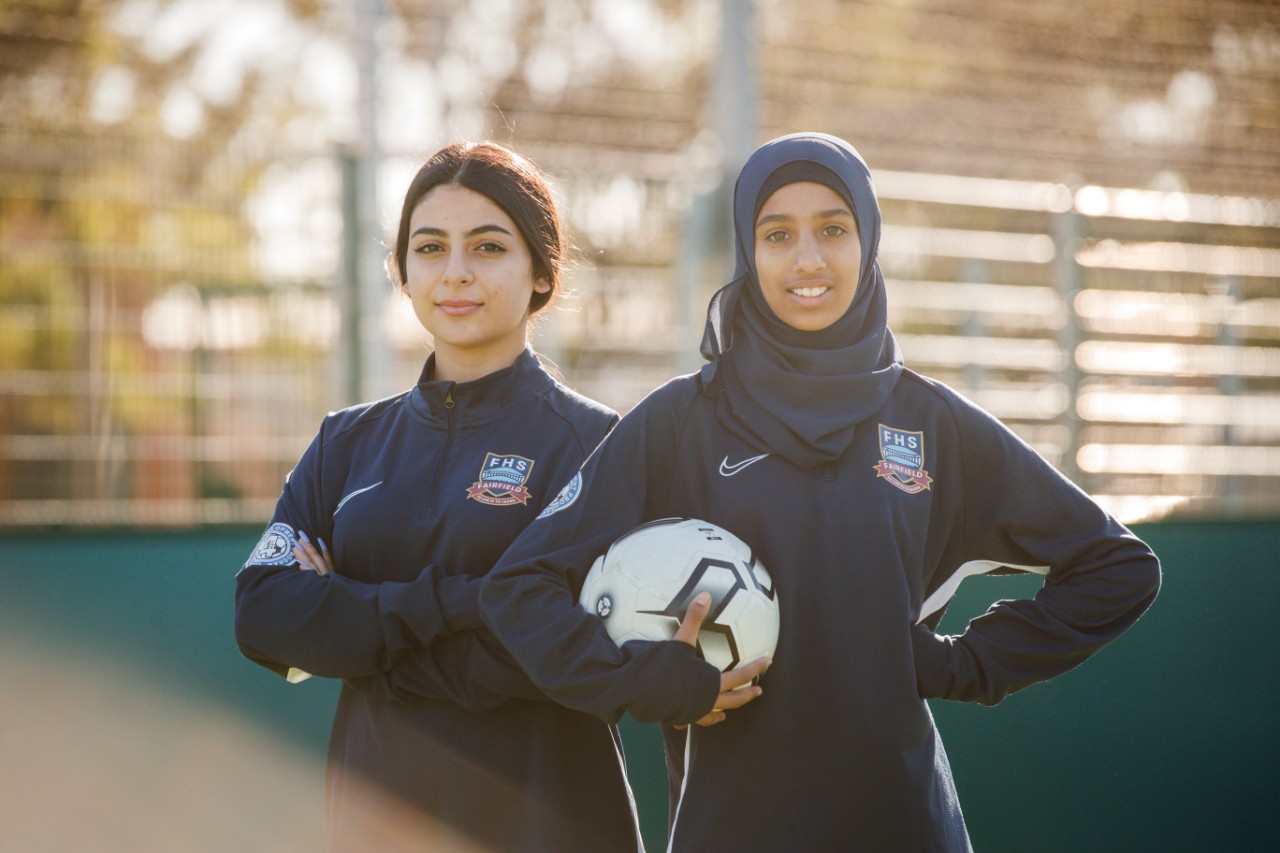Blind and low vision
Build on student strengths and support the learning and wellbeing of students who are blind and low vision across all aspects of the curriculum.
About blind and low vision
‘Blind and low vision’ refers to significant and ongoing challenges with the ability to see. Some students may be considered ‘legally blind’ if they cannot see beyond six metres (compared to 60 metres with typical vision) or if their visual field is less than 20 degrees in diameter (compared to 140 degrees with typical vision).
Some students may be considered to have ‘low vision’ if they have permanent vision loss that cannot be corrected with glasses and their ability to complete everyday tasks is affected. Students with low vision may have some sight, but experience difficulties with visual acuity (being able to see detail), accommodation (being able to focus), field of vision (the area that can be seen), colour vision and adapting to different lighting between environments. Walking in new areas may be challenging.
As a teacher, School Learning Support Officer (SLSO), Aboriginal SLSO, or Aboriginal Education Officer (AEO) you can best support the student by knowing about the type and severity of vision impairment they have. You can learn more about itinerant support teachers (vision) who can also work directly with students, their parents and carers and the school’s learning and support team to plan personalised learning and support. Access to itinerant support teachers is managed by the local Delivery Support team.
Some students might be learning to read Braille, or use low vision aid technology like electronic magnifiers, closed-circuit television, or iPads™. They might need large print materials and require breaks when reading for a long period of time. Understanding each student’s strengths and abilities will allow you to develop ideas about ways to make education safe, fun, and as inclusive as possible.
Students may struggle with some social cues and in making eye contact, and find some movement and activities requiring balance and object control challenging.
Strengths




School Excellence Framework alignment
Wellbeing, Curriculum, Effective classroom practice
Australian Professional Standards for Teachers alignment
Standard 1: Know students and how they learn
Audience
Secondary teachers
Purpose
Strategies to support students who are blind or have low vision. Including: Evidence-based practices, best practice tips, curriculum considerations and other considerations for teachers of students who are blind or have low vision.
Reviewed
November 2021. Share your feedback here